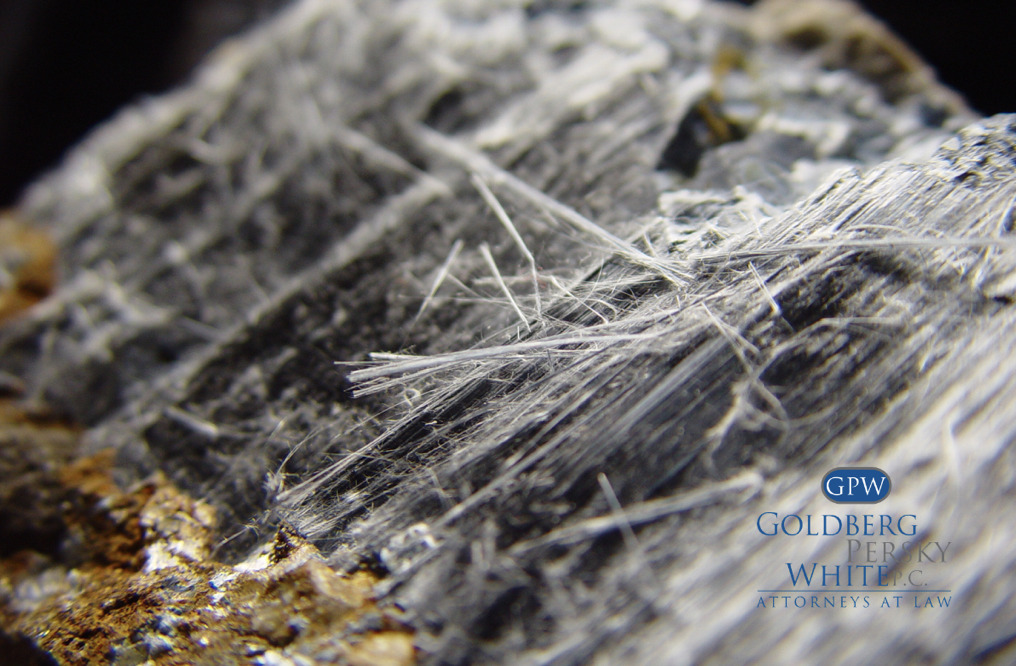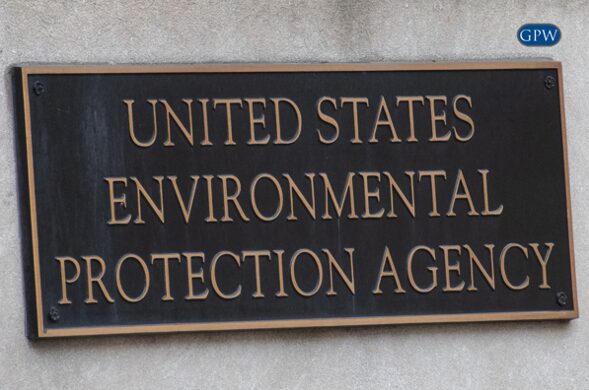From Shipyards to Floor Tiles, Asbestos in the Home
Asbestos was a popular building material that dates back thousands of years, but it was not extensively mined until the 19th and 20th centuries, when its versatility became useful throughout the Industrial Revolution and World War II. Its heat resistant qualities and tensile strength meant that asbestos-containing products were standard in the industry. Steel mills, chemical plants, power plants, etc., all contained asbestos equipment such as blast furnaces, coke ovens, basic oxygen furnaces, continuous rolling mills, electric arc furnaces, and open hearth furnaces. World War II ships contained asbestos in pipes, gaskets, valves, insulation, and throughout construction in the shipyard.
However, after WWII and the Industrial Revolution, asbestos remained a popular construction material. It strengthened cement and plastics, absorbed sound, insulated homes, and resisted heat. Its abundance meant that asbestos was cost effective, and for the average consumer it was an affordable luxury.
Homes built before 1980 most likely contain asbestos and as a home owner, it’s important to know where asbestos could be hiding. The following are common locations where asbestos can be found:
- Shingles, roofing, and siding – typically made of asbestos cement
- Insulation
- Paint/patching compounds
- Vinyl floor tiles
- Steam /hot water pipes
Homeowners that have older products such as wood burning stoves, or oil and coal furnaces might find asbestos in the door gaskets or in the walls and floors that surround the area. Stove-top pads may also contain asbestos compounds.
Over time, these products can become damaged, whether from normal wear and tear, or because of a household demolition project. Once the asbestos is disturbed, it becomes airborne and the tiny, needle-sharp fibers become easily ingested and inhaled. Overtime, the asbestos fibers embed themselves deeper into the soft tissue of the lungs or organs, and can cause permanent damage such as lung cancer, or mesothelioma. There is no known safe exposure to asbestos and if you suspect you have asbestos in your home and it not exposed, it’s best to leave it alone. Asbestos is nearly impossible to identify by the naked eye and can only be positively identified by a trained professional.
Mesothelioma, lung cancer, asbestosis, and other cancers caused by exposure to asbestos are naturally more common in certain industries, certain occupations, and even certain locations. Over the past three decades GPW has accumulated thousands of corporate documentation, a vast knowledge of asbestos products, hundreds of depositions, and an extensive knowledge of job sites nationwide. We can help you protect your rights against manufacturers who produced, sold, and used asbestos products with little regard for the health and safety of millions of workers and their families. Contact us today to learn more.



